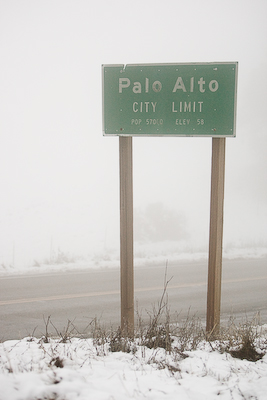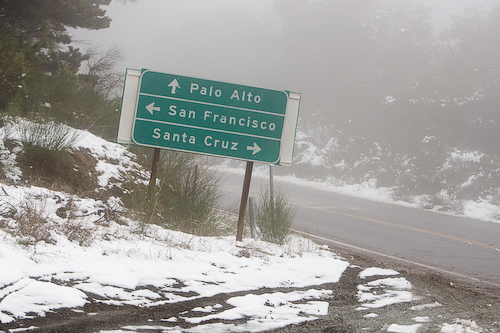Making the sale
“Do you want to buy some popcorn?”
I was coming out of Safeway when I was surrounded by a group of Boy Scouts in the midst of fundraising. Clipboards in hand, they asked that question over and over. I was a Scout, and I sold plenty of popcorn in my day, but I have yet to purchase Scout popcorn in my adult life.
It’s not that I don’t like popcorn; I’m munching on some right now thanks to an air popper from Craigslist ($4, and it was brand new!). The problem is that “Do you want to buy _____ ?” is not a very good opening line, especially when I’ve just dropped a good amount of coin on food. Clearly, the pitch needs improvement.
Consider starting: “Do you like popcorn?”
Most people like popcorn, so they will be inclined to answer “yes.” It’s a strong hook.
For a follow-up question, perhaps: “Great! So do I! [type of popcorn] is my favorite. What’s yours?”
This provides affirmation to the customer and serves to build rapport. It also encourages the customer to continue the conversation by sharing their favorite type of popcorn with the salesscout. That information will be invaluable for the final part of the pitch:
“Well, you’re in luck: we have that right here! (points to popcorn matching stated preference) This popcorn helps to fund our camping trips [or whatever]. How many boxes would you like?”
Here, the salesscout satisfies the customer’s preferences, allays any unstated concerns about the money, and — critically — asks for the sale.
Okay, maybe that seemed a bit stilted. However, if I were the customer and pitched like that, I’d probably be so impressed and surprised that I’d buy something regardless of my popcorn needs.
Unimpressed by their pitch, I didn’t buy any popcorn that day. However, when a girl scout came to my door a few days ago and pitched me with a shy, “Would you like to buy some Girl Scout cookies?”, I immediately signed up for a box. Same pitch, different product, different outcome.
Maybe I’m just a sucker for cookies.




Recent Comments